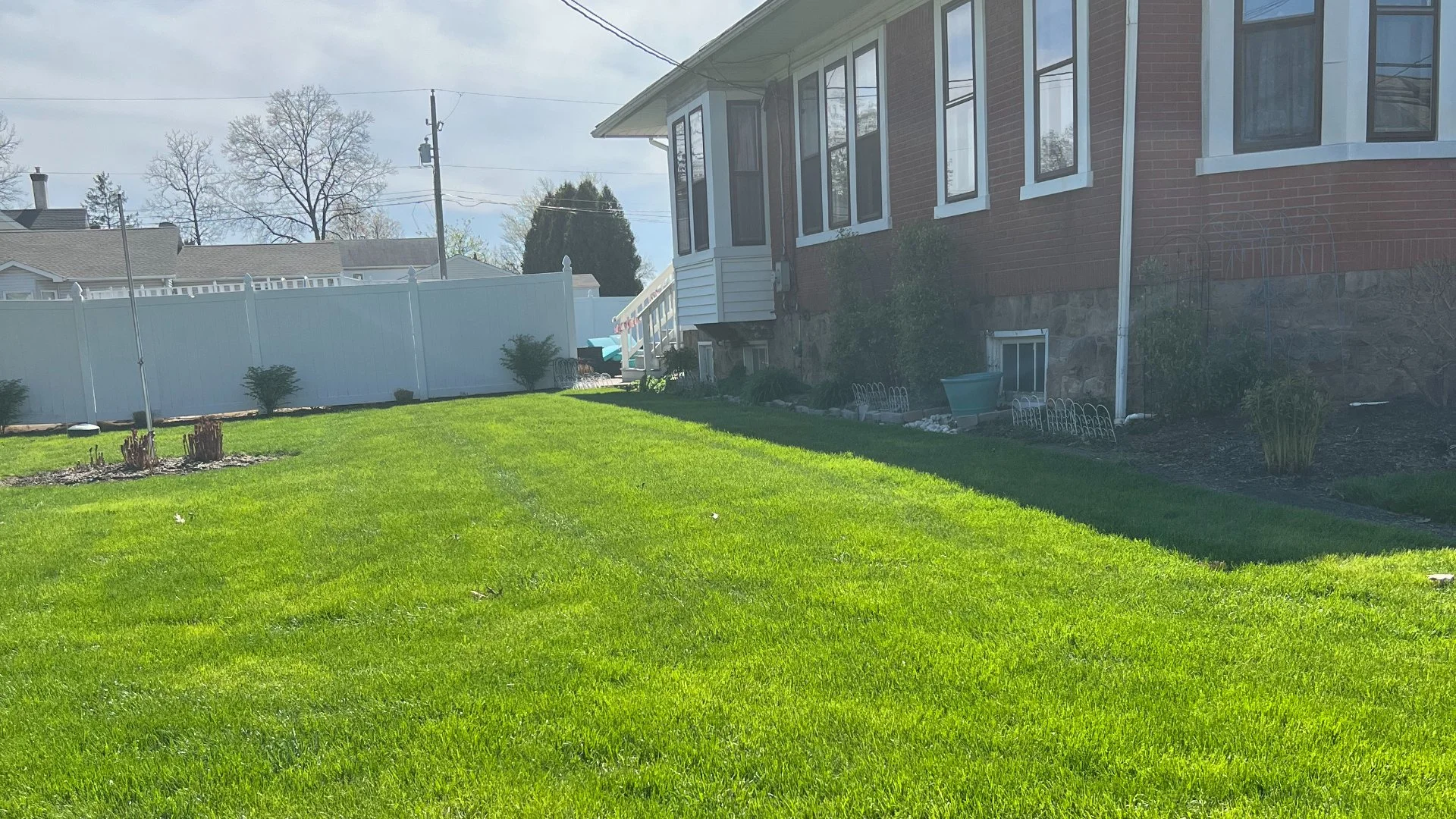Regular lawn fertilization treatments are key to maintaining the optimum health of your grass in Pennsylvania. One of the most important times for your lawn to receive a fertilizer treatment is in late spring. However, it's important to note that your late spring fertilizer treatment should be rich in potassium. Potassium is a macronutrient whose primary role is to build your lawn's resistance and thicken its cell walls so your grass can endure harsh weather conditions! It is a vital ingredient in your lawn's late spring fertilizer treatment because it also boosts its heat resistance, allowing it to tolerate the stressful summer heat. Aside from potassium, it's equally important to ensure your late spring fertilizer contains the right amount of nitrogen and phosphorus because these nutrients will help your grass develop a vibrant color and a robust root system!
What does potassium do for your lawn?
Potassium is one of the three primary nutrients found in lawn fertilizer treatments. This macronutrient's central role is to build up your lawn's resistance and improve its strength to survive harsh and stressful conditions. It fortifies your lawn's cell walls and helps it absorb and retain more moisture and nutrients. What's more, potassium will boost the heat resistance and cold hardiness of your grass, allowing it to survive stressful seasons like summer and winter. Lawns with enough potassium are also better at resisting turf diseases!
Why should your late spring fertilizer treatment be rich in potassium?

Your late spring fertilizer treatment for your lawn should be rich in potassium to help it establish a good, healthy foundation to survive the summer season. The heat during the summer can take a toll on your lawn's health, and a potassium-rich fertilizer treatment in the spring is the best way to prepare your grass for the stressful summer season! With an abundant feeding of potassium before the peak of the heat sets in, your grass will have enough time to build up resistance, so it is in its best shape come summertime.
Make sure you hire professionals to fertilize your lawn so it receives the right amount of potassium!
Ensure Your Late Spring Fertilizer Treatment Also Contains Nitrogen & Phosphorus
While potassium is a crucial ingredient in your late spring fertilizer treatment, it should also contain nitrogen and phosphorus. These are the two other primary nutrients found in most fertilizer treatments and provide essential health benefits that will help your grass survive harsh conditions and flourish throughout the growing season.
Nitrogen gives your grass its green color by helping with chlorophyll production. It aids in photosynthesis, where your grass converts sunlight into energy and food that it can use! This will bolster your lawn's overall health and vigor so it can stand up to any stressful condition that may come its way. Phosphorus plays a crucial role in promoting a solid root system. A deep and robust root system is your lawn's lifeline and its way to absorb the nutrients it needs to grow nice and healthy. By ensuring your grass receives all three nutrients via a late spring fertilizer treatment, it will have the best chance of making it through the summer in good condition.
Call us today to sign up for our lawn fertilization service!
Here at Green Grass Lawncare, Inc., we offer our lawn fertilization service to commercial and residential properties, as well as HOAs, in Telford, Souderton, Harleysville, Quakertown, Perkasie, Doylestown, and surrounding communities in Pennsylvania. When you sign up for this service, we will visit your property multiple times throughout the year, including in late spring, to administer our nutrient-packed fertilizer treatments and help your grass reach its full potential. Give us a call today at (215) 723-1034 to sign up for our lawn fertilization service.



Comments (0)
Thanks for your comment!
Thanks for your feedback! Your comments have been successfully submitted! Please note, all comments require admin approval prior to display.
Error submitting comment!
There is a problem with your comment, please see below and try again.